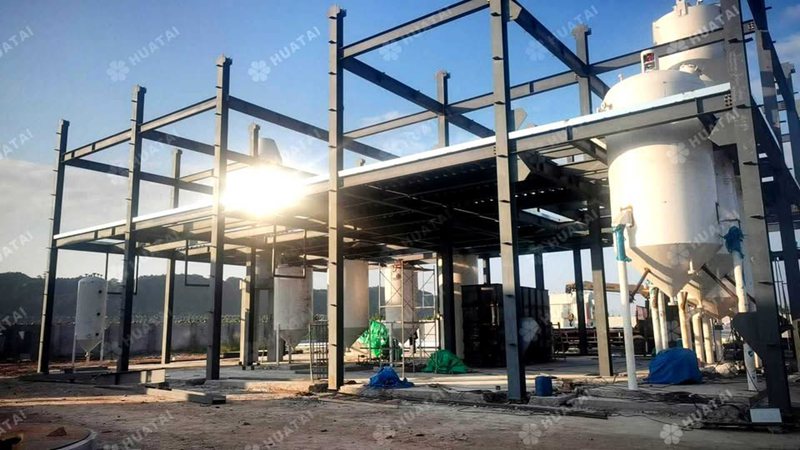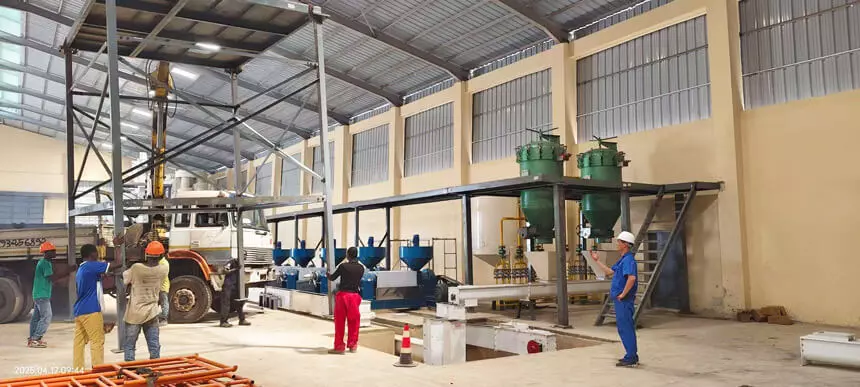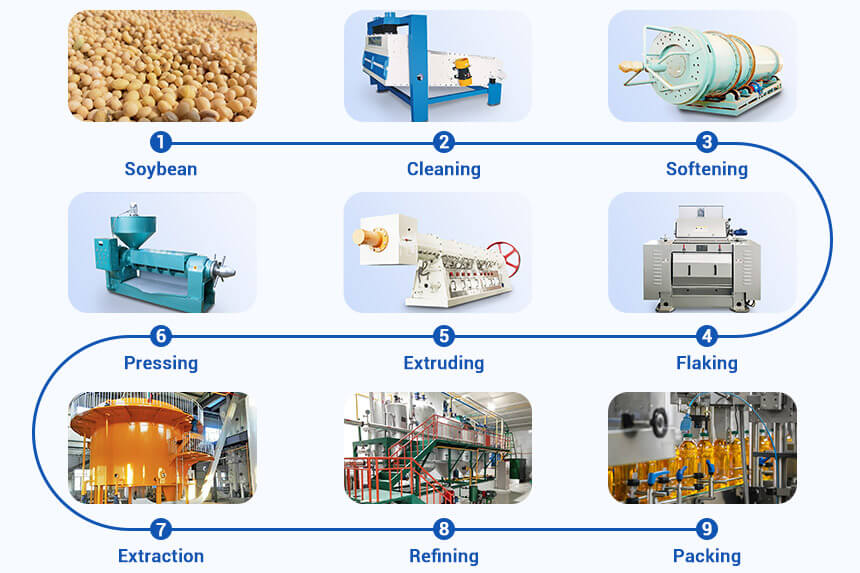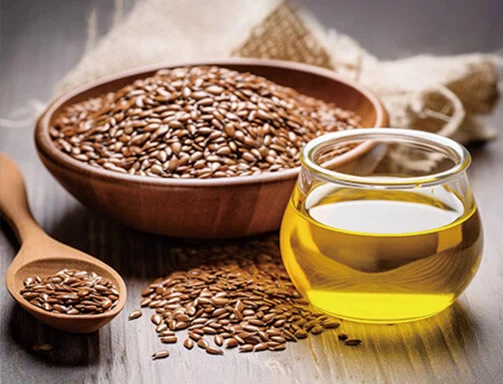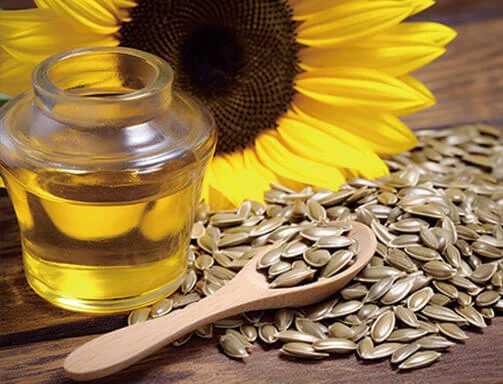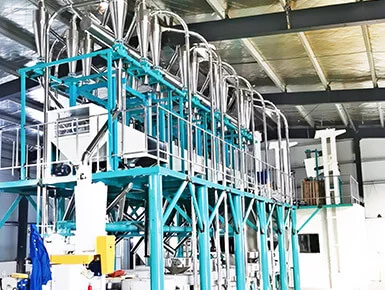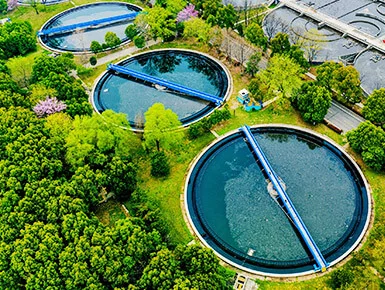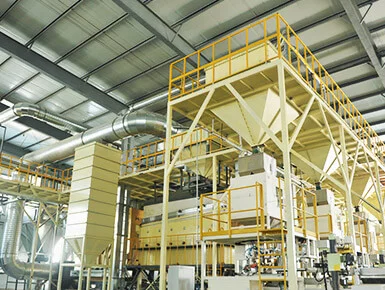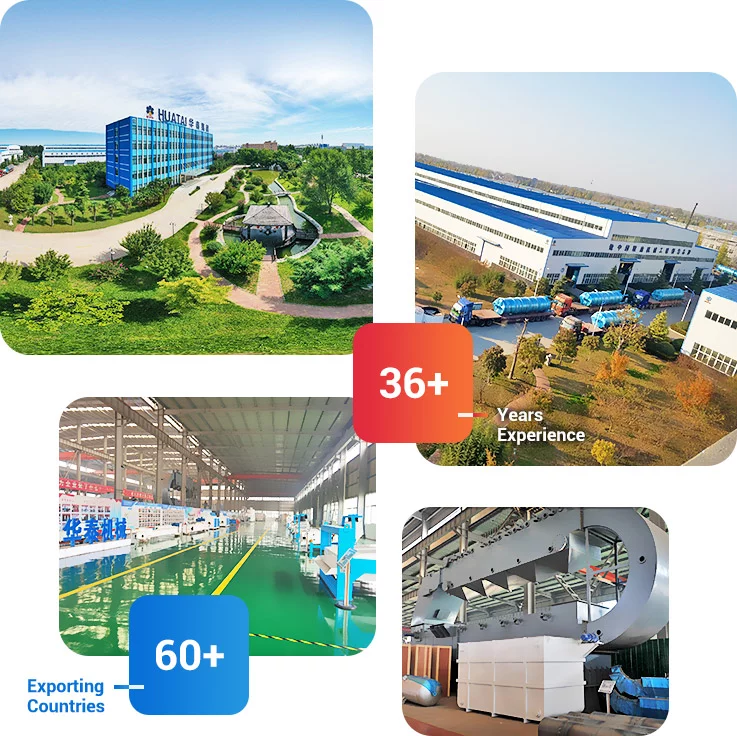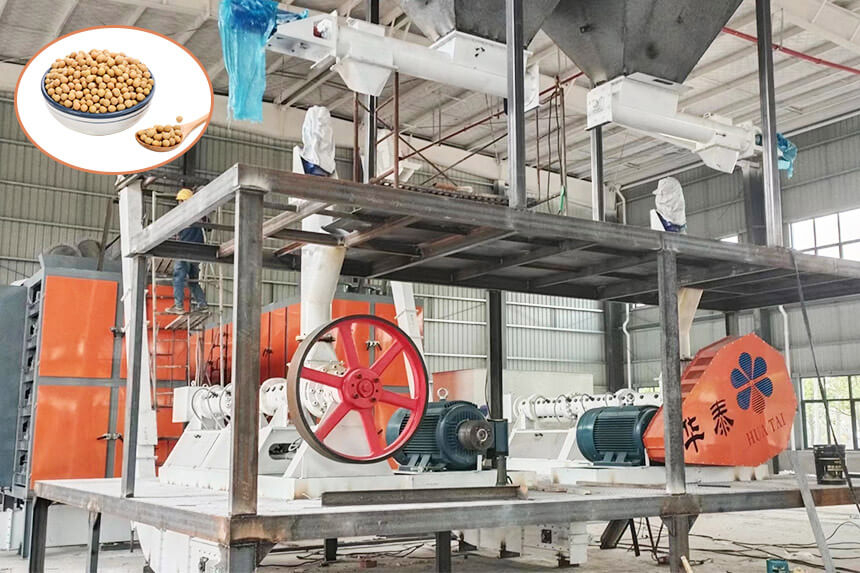
Introduction
The soybean extruder machine is key equipment in soybean oil processing. It can improve extraction efficiency and soybean oil quality by changing the cell structure of soybeans.
For users considering purchasing a soybean extruder, understanding soybean extrusion technology is necessary. Below, I will introduce the soybean oil extruder machine, working principles, types, and market pricing information.
What Is a Soybean Extruder?
The soybean extruder machine is specifically designed for processing soybeans. It uses high temperature, high pressure, and mechanical cutting to create an extrusion effect.
After extrusion, soybean cell walls are broken down, resulting in irregular granules. This improves oil extraction efficiency and animal digestion and absorption.
This equipment is widely used in soybean oil extraction and feed production industries, significantly improving oil yield and feed utilization.
![Soybean oil extruder machine Soybean oil extruder machine]()
How Does Soybean Extruder Machine Work?
The working principle of a soybean extruder machine is based on the physical process of converting mechanical energy into thermal energy. And combined with steam, to transform soybean internal structure.
- Feeding and Kneading: Soybeans are fed into the extruder by a feed auger, and they go through kneading and self-heating by friction with the screw shaft and the extruder chamber inner wall.
- Conditioning (Wet Extrusion): Mix soybean with high-temperature steam (typically 0.3-0.4 MPa, 140-150°C) in the conditioner and preheat to 70-100°C.
- Extrusion: Soybean enters the extrusion chamber and, driven by the screw, undergoes the following changes: Under combined friction, shear, and external heating, the material transforms into a continuously malleable dough. At high temperature and pressure, anti-nutritional factors in soybeans (e.g., trypsin inhibitors) are destroyed, and proteins happen moderate denaturation. When forced through the die holes, pressure suddenly decreases, and the internal moisture evaporates instantly. This causes expansion and the formation of a porous structure.
- Cutting and Forming: The extruded soybean is cut into pellets of the required size by a rotating blade.
![Soybean extruder machine for sale Soybean extruder machine for sale]()
What Are the Different Types of Extruder Machines?
Soybean extruders can be categorized into several types based on working principles and structural features, each suited to different production needs.
Classification by processing method
- Dry extruder: Does not require a steam boiler, relying on heat generated by friction between the material and the machine for extrusion. Suitable for clients without steam or with limited investment budgets, but production efficiency is relatively low.
- Wet extruder: Requires a steam boiler for steam conditioning before extrusion. They offer high production efficiency, low operating costs, and stable end product quality. Some wet extruders also have dry extrusion capabilities.
Classification by structure
- Single screw extruder: Has a single screw within the barrel. Use a single-stage belt drive, simple structure, easy operation and maintenance, low cost, and safe use. However, lower conveying and mixing efficiency, is prone to clogging with high-oil content materials, and applicability is limited.
- Two screw extruder: Has two intermeshing screws within the barrel. Gearbox drives are more complex. Offer more thorough mixing, stable quality, self-cleaning capability, can process a wide range of raw materials (high-oil content, high viscosity), and high output. However, equipment costs are higher.
- Three screw extruder: Has three intermeshing screws within the barrel. It provides better shearing, improved gelatinization, lower energy consumption, and higher output. However, the technology is more complex and the cost may be the highest.
What Is the Difference Between Extruder and Pelletizer?
| Feature |
Extruder |
Pelletizer |
| Main Purpose |
Curing, destroying anti-nutritional factors, improving nutritional value, and changing the material structure. |
Forming, pressing powdered feed into dense pellets for easier transportation, storage, and feeding, reducing waste. |
| Working Principle |
High-temperature, high-pressure extrusion, followed by instantaneous release of pressure, causes the material to expand, forming a porous structure. |
At room temperature or lower, the powder is forced through the ring die holes by a roller, forming solid particles without significant expansion. |
| Key Effects |
Material expands, bulk density decreases, starch gelatinization increases, and protein denatures. |
Material is compressed, bulk density increases, and pellet hardness improves. |
| Product Shape |
Porous, fluffy puffed pellets or small pieces. |
Dense, hard cylindrical pellets. |
Huatai Group's Soybean Extrusion Extraction Features
The extrusion extraction process offers several significant advantages over traditional extraction: (Related Video: 100 TPD soybean oil extraction plant in Togo >>)
- Improve production capacity: Extrusion thoroughly destroys soybean cells, exposes oils on the surface, and shortens extraction time.
- Reduce power consumption: Power consumption is significantly reduced, averaging up to 6 kWh/ton.
- Reduce steam consumption: The solubility of wet meal is reduced, reducing steam consumption by about 40 kg per ton.
- Improve refining efficiency: The non-hydratable phospholipid content in crude soybean oil is effectively reduced, making it easier to hydrophilic degumming and improving refining rates.
- Consistent meal quality: Moderate urease activity ensures high protein nutritional value and superior feed digestibility.
![Soybean extruder machine price Soybean extruder machine price]()
How Much Does an Extruder Cost?
The price of a soybean extruder machine depends on type, production capacity, automation level, brand, and quality.
| Type |
Capacity |
Price |
| Small dry extruder |
0.5-1 ton/h |
$1,400-$2,800 |
| Medium dry extruder |
1-5 ton/h |
$2,800-$5,600 |
| Large dry extruder |
5-10 ton/h |
$5,600-$9,800 |
| Small wet extruder |
1-5 ton/h |
$4,200-$7,000 |
| Medium wet extruder |
5-10 ton/h |
$7,000-$14,000 |
| Large wet extruder |
10-20 ton/h |
$14,000-$28,000 |
| Large production line |
>20 ton/h |
$28,000+ |
Tips: Equipment purchase is only part of the initial investment. Also need to consider the after costs, such as installation and commissioning, steam boiler (wet), plant space, and electricity. When selecting, consider cost-effectiveness, energy consumption, stability, and after-sales service.
Conclusion
For a soybean oil processing line, using a soybean extruder machine in the pre-treatment stage is necessary. It improves oil yield and quality, resulting in better economic returns.
If you are looking for a professional soybean oil equipment manufacturer, such as soybean oil extruders or soybean oil presses, please feel free to contact us for the latest price list!
![]() Service Coverage
Service Coverage
![]() FAQ
FAQ


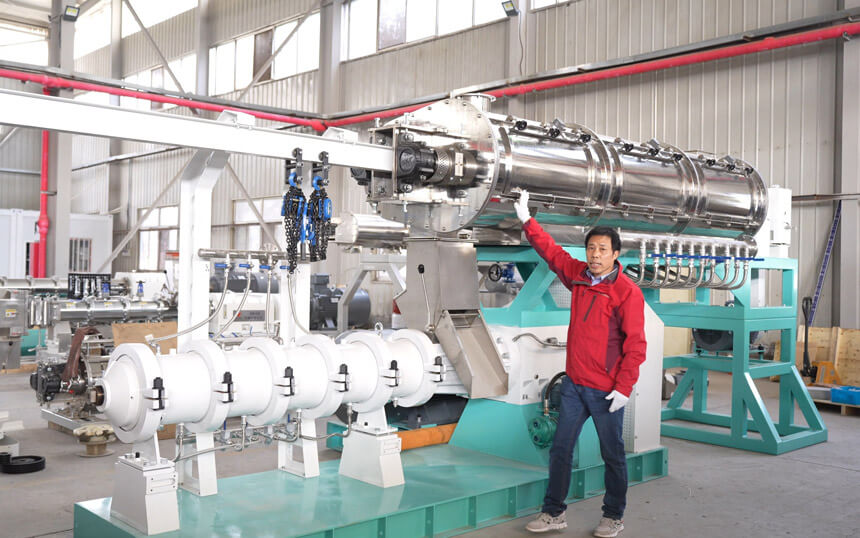
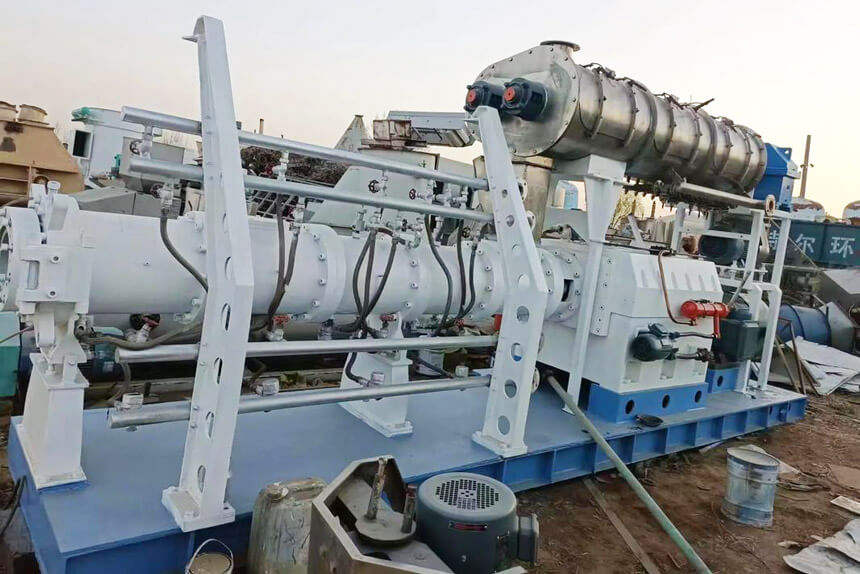
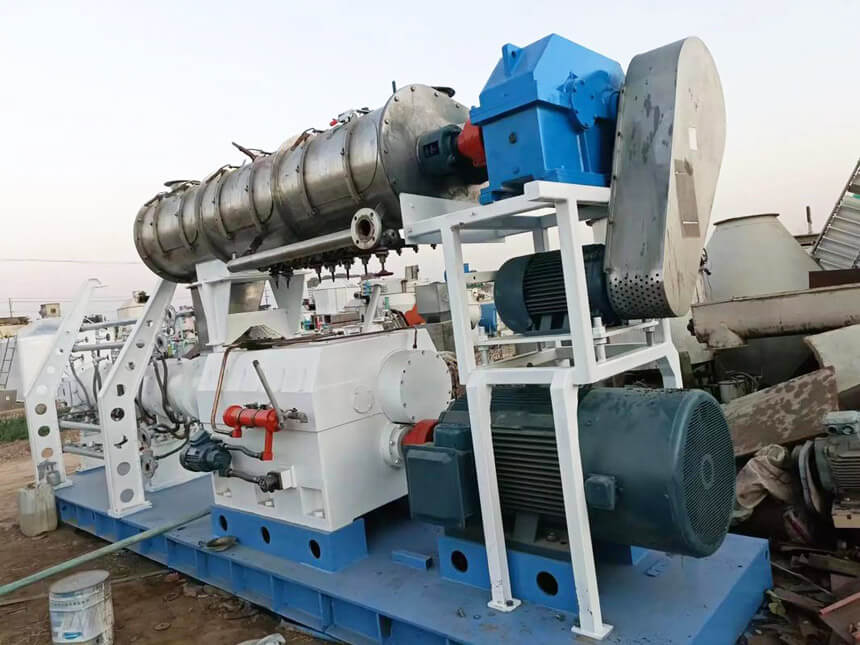
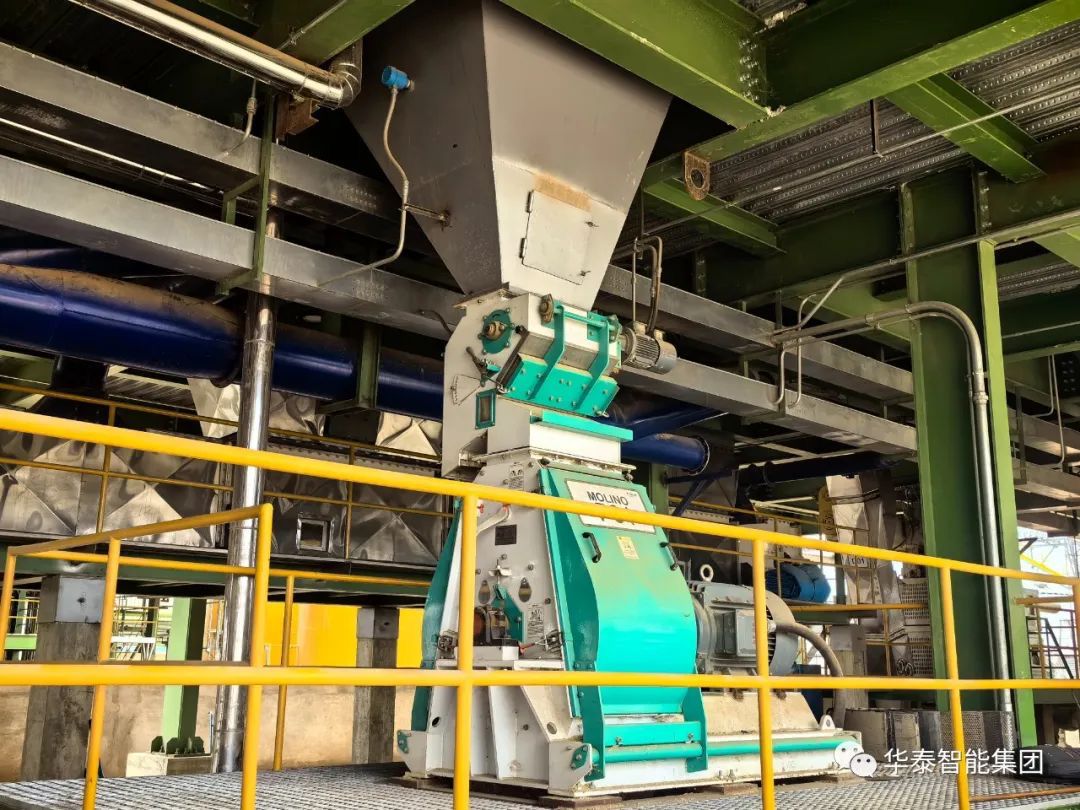
膨化机介绍-封面_副本.jpg)

